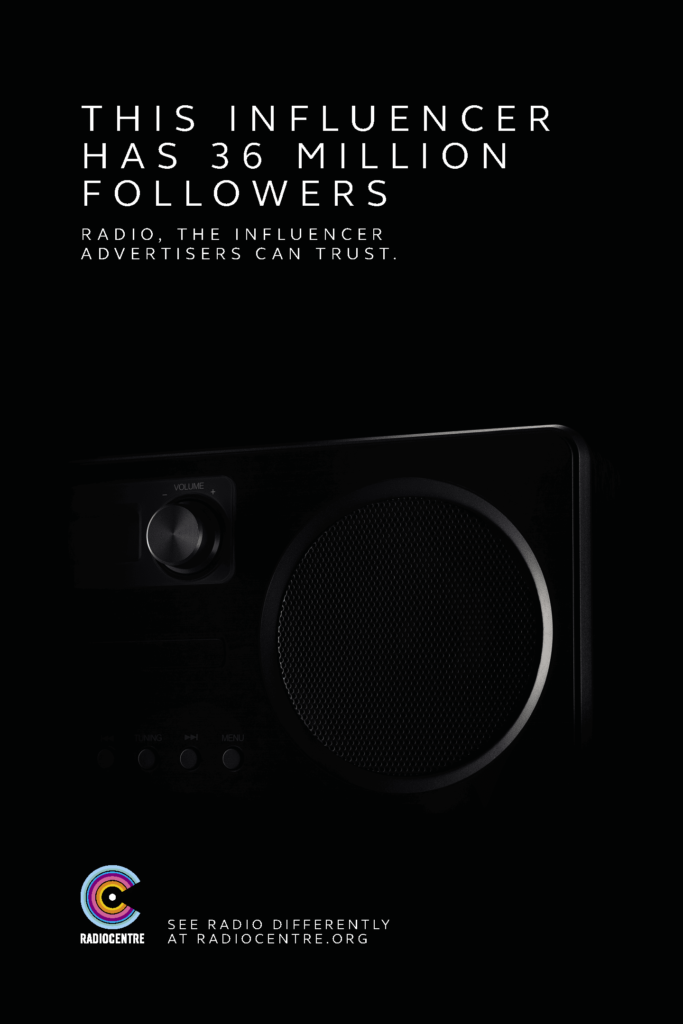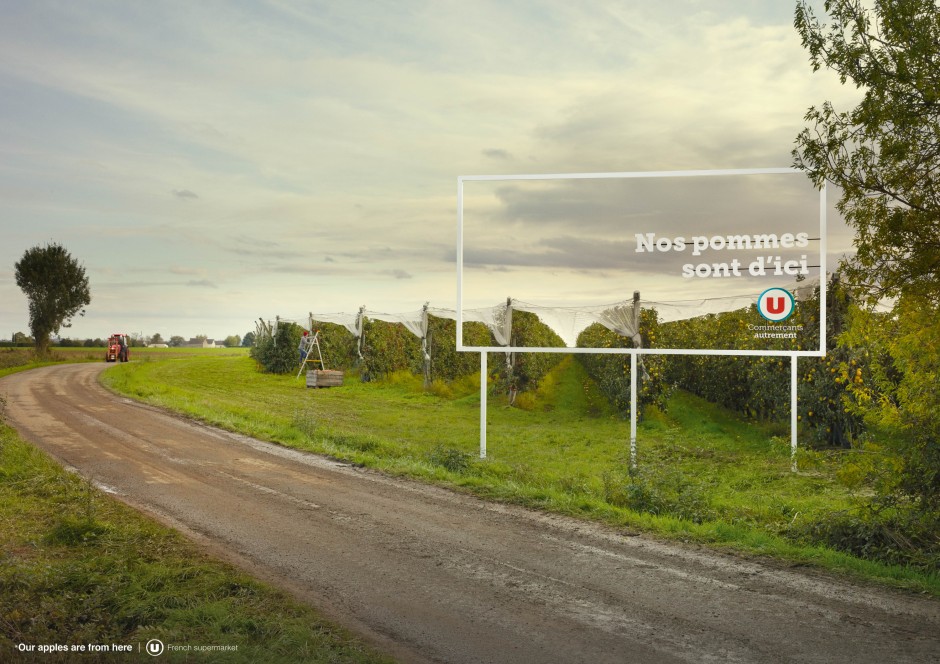
We’ve discussed radio’s image challenges in this space before. Too many key players – listeners, advertisers, community leaders – discount the medium’s impact, breadth, and ability to engage. In many ways, broadcast radio is taken for granted. It’s always been there, and is easy to overlook.
Now, some people believe that radio’s problems are solely about content – the same top-down music formats, too many commercials, lack of talent development, and other “in house” problems. And the fact that most operators are trying to do more with less is indisputable. It’s the same, by the way, in the other traditional media, too – TV and newspapers – as the proliferation of digital media has created a wide swath of disruption.
Right now, Radio Ink is adding up for the charitable contributions U.S. radio stations are raising this holiday season. The totals may easily surpass the $20 million mark – a wonderful achievement by all measures. But how will this warm and fuzzy story be presented to radio’s naysayers and others who view the medium negatively or ambivalently?
So, what’s the answer?
At Forecast 2020, the subject of actually marketing radio to its constituencies came up once again. Once we get beyond the practical barriers – budgets, unanimity of opinion, etc. – the concept has merit. After all, when you have an image problem, you address it, you strategize, you market.
And lately, I’ve been seeing shards of creative ideas from afar that just might help radio broadcasters make their case. The first, interestingly enough, was produced by Radiocentre, the UK’s version of the RAB.
Their umbrella slogan – “Seeing Radio Differently” – is an indicator Radiocentre is focused on re-imaging radio, likely because of many of the aforementioned negative perceptions about the medium. And they’re created a new ad campaign designed to remind the public that radio is “at the heart of the audio revolution” and is the “original influencer.”
Here’s one of their ads:

There are audio versions as well, designed for radio airplay.
What’s another one of radio’s key benefits in a world increasingly crowded by playlist and satellite service?
It’s local, of course.
Aside from covering disasters (which broadcast radio does so well), there has to be a better, more effective, and buzzworthy way to market radio’s hometown presence.
And it turns out a French ad agency has created an outdoor campaign for UShops, a food retailer, that does just that. The concept is clever – using transparent billboards to promote the locally sourced fresh food it sells.

It’s easy to imagine how this same concept could work for U.S. radio or for any station that is focused on “live and local.” Obviously, billboard placement is key here, showcasing a part of the local community that shows off its unique hometown character.
And then there’s another international idea for broadcast television that reminds us just how much great creative still matters. This one’s from Thinkbox – the equivalent of the Television Bureau of Advertising here in the U.S. – or TVB.
This campaign makes use of a very traditional brand – the Tooth Fairy – and shows how her message can be amplified and scaled with television advertising. As they are fond of saying in the UK, “Brilliant.”
You may have noticed that all three campaigns heralding traditional media platforms weren’t created anywhere near Madison Avenue. They all originate from “across the pond.” Yes, these are smaller media markets than the U.S. of A., but each illustrates the power of create advertising, messaging, imaging, and branding.
In this landscape, advertisers, consumers, politicians, and community leaders aren’t just going to intuit that broadcast radio is still a powerful, effective, efficient, and unique medium.
You don’t get respect until you earn it.
Not even a little bit.
- The Exponential Value of Nurturing Radio Superfans - April 28, 2025
- What To Do If Your Radio Station Goes Through A Midlife Crisis - April 25, 2025
- A 2020 Lesson?It Could All Be Gone In A Flash - April 24, 2025




Be encouraged. There exists a way for radio to get respect beyond trumpeting those platitudes and generalities, that while truthful and hopefully helpful, do not solve the problem.
To earn respect, by way of entrenching compelling credibility in the minds of prospects and customers, radio needs to approach its marketing the way a lawyer approaches a case.
Radio is the defendant, your competition is the prosecution, your prospects and customers/advertisers (the “customer”) are judge and jury, and you’re (radio’s sellers, managers, owners) the defense lawyer in charge of the case – and it’s a life or death decision: the life or death of the growth of our industry.
A lawyer doesn’t win the case by jumping up and down in front of the judge and jury telling them what a great lawyer he/she is (forgive the dangling preposition).
The lawyer wins the case by building and presenting an irrefutable book of specific evidence, that is beyond a shadow of doubt; and wrapping it up in such a way that it leads the judge and jury to the verdict in your favor.
How do you make that happen? The reason that most customers don’t buy from us are based on any number of emotional roadblocks (anger, fear, confusion, skepticism, etc.). Upfront, your marketing needs to bulldoze these roadblocks out of the way, to clear a path to relate to the customer – and the customer to you.
Yes, most successful marketing hooks prospects with emotion, and then validates with logic. In business to business marketing, whether positive or negative, success is often found in leading with the facts/logic that hit the customer’s biggest emotional hot button (whether positive or negative).
Our customers want proof of advertising ROI, and they’re looking for those over-arching strategies/ideas that solve their various problems. In so doing, know that the systems, strategies, tactics and tools already exist from a number of providers – inside and outside of radio – to make that happen – so radio has no excuse.
In building your book of evidence, appeal to customers with specific, irrefutable, quantified (for impact and credibility) sales results over a specific period of time (whatever sounds larger: dollars or percentages). How?
Deploy at least one part of a three-pronged approach that says the same thing; encompassing an on-air schedule, targeted LinkedIn advertising, and a personalized, customer email. The email is preceded by a phone call/message telling them what to look for, and why; as you’ll be following up (date/time) with a phone call to get their feedback and get the appointment to create, quantify, and eventually certify, their own outcomes.
Stating specific, quantifiable sales results – not bland, general statements that any media company could copy – what would happen if you emailed each advertiser the facts that are also aired in a regular, high intensity (50 plus/week) campaign featuring a different advertiser each week? Inside and outside of radio ownership, I’ve used the essence of the following type of content to bring on clients, in part, citing results from radio advertising:
“Frustrated that half of your marketing works and half doesn’t? I counted $###### in sales (or “I increased sales ##% over “) from advertising on (station/name of group). The result? No more doubt and uncertainty about how to increase sales and profits. I’m Brenda Smith, owner of XYZ Aesthetics. ‘Want strategies that deliver a measurably, higher return on your dollar? Contact (station/name of group) – the one, local media company that delivers sales results you can measure.”
There are those inside and outside our industry who have executed this type of approach to generate more revenue and profit per hour of preparation, prospecting, presenting, closing and servicing than what radio does today.
Why? Irrefutable evidence: the advertisers can count the dollars and cents generated from the marketing strategies driving the campaigns with each media company.
If one person can generate millions doing so, our industry can generate billions.
Andy, truly appreciate you taking the time and effort to leave us with lots to think about. These are existential challenges for the radio broadcasting industry, and your observations are worthy of thought and discussion.